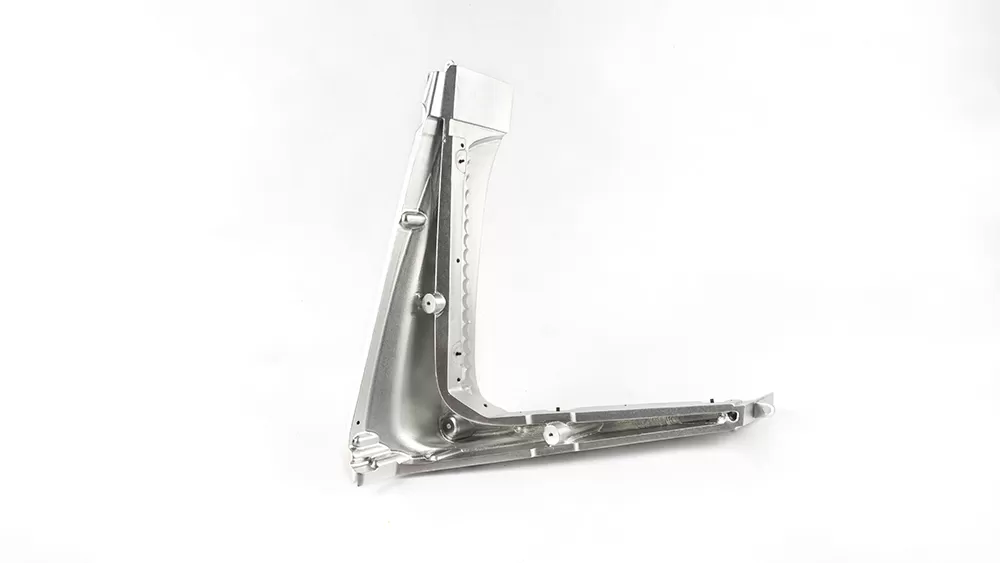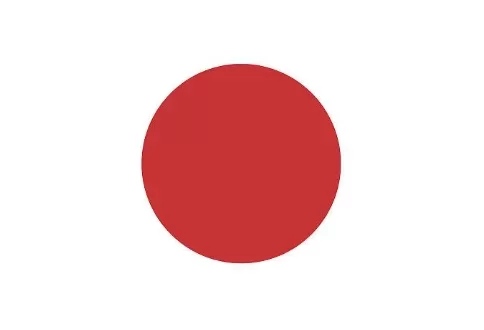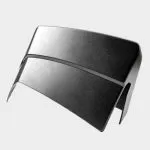
汽车原型加工外壳零件
2025-04-14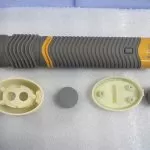
原型案例医用清洁剂
2025-04-15汽车原型加工案例前照灯框架
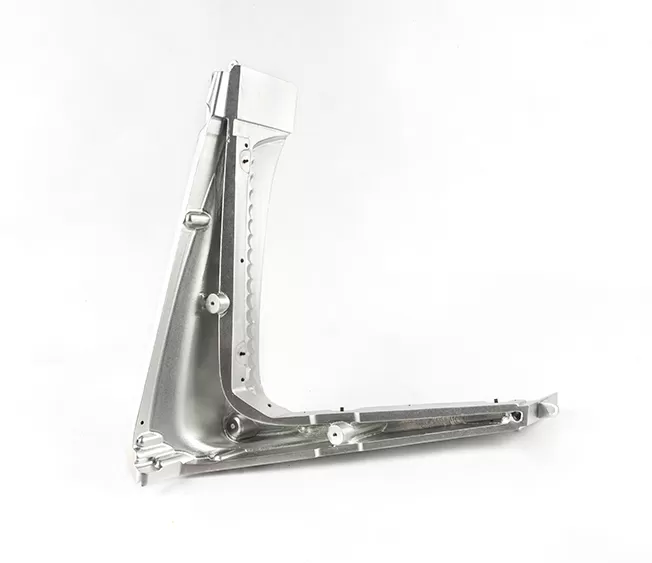
Processing method: CNC metal processing
Material: Aluminum
Maximum precision: 0.01mm Production cycle: 2~3 days
Product size: 25cm*28cm*30cm
Post-processing: Polishing
案例介绍
灯座原型加工是指在汽车灯具的设计和开发过程中,用于验证灯座设计的样品或模型的生产。这些原型(也称为样品、原型)是重要的物理原型,用于评估设计的实用性、结构强度、装配兼容性,并进行相关的功能测试。以下是灯座原型加工的一般步骤:
Design stage: Designers first use computer-aided design (CAD) software to draw the design of the headlight frame. This includes determining key parameters such as the size, shape, support structure and connection points of the headlight frame.
Material selection: Choose the appropriate material according to the purpose and needs of the prototype. Common materials include plastics (such as ABS, PC), metals (such as aluminum alloy), or other composite materials.
Manufacturing method: Choose appropriate rapid prototyping technology to manufacture the prototype. Common methods include 3D printing (such as stereolithography, selective laser melting), CNC milling, laser cutting, etc.

Post-processing: After rapid prototyping, the prototype usually requires further post-processing, such as grinding, polishing, painting, assembly, etc., to achieve the final appearance and functional requirements.
Assembly and testing: Install the headlight holder prototype on the corresponding vehicle, conduct fit check and function test to ensure that its structure is stable and the headlight assembly can be installed correctly.
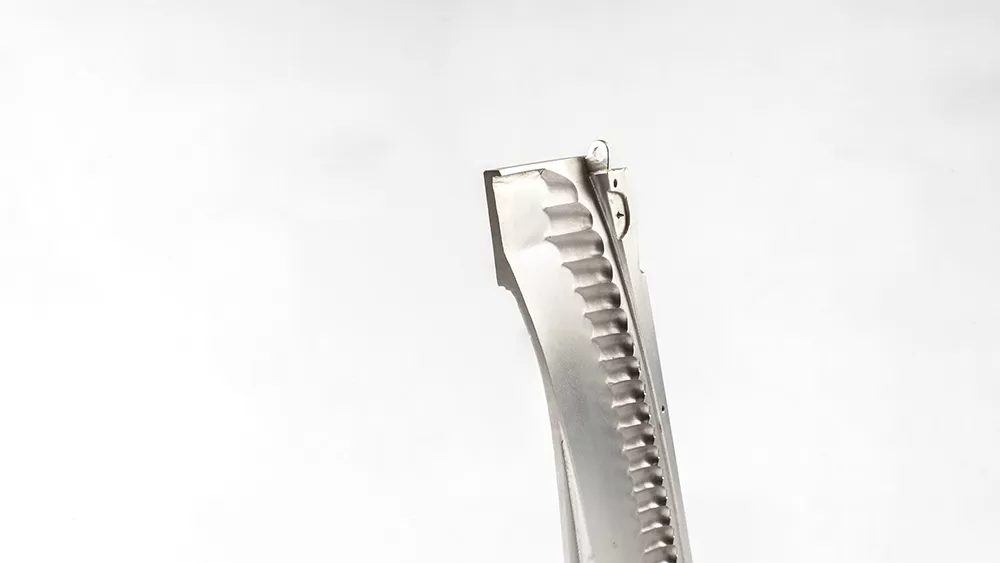
Evaluation and optimization: Based on the results of actual assembly and testing, necessary adjustments and optimizations are made to the headlight bracket design. This may involve multiple rounds of iterations until the product meets the design standards and performance expectations.
Confirmation and preparation for production: Once the headlight frame prototype is verified and confirmed to meet all design and performance standards, the project can move to the next step, such as the design and manufacture of mass production molds.
前照灯框架原型加工是保证产品设计质量的重要环节。它允许工程师和设计师在实际生产之前发现和解决问题,从而降低生产成本和风险。
